Home>Technology>Home Entertainment Systems>Who Invented The Color Television
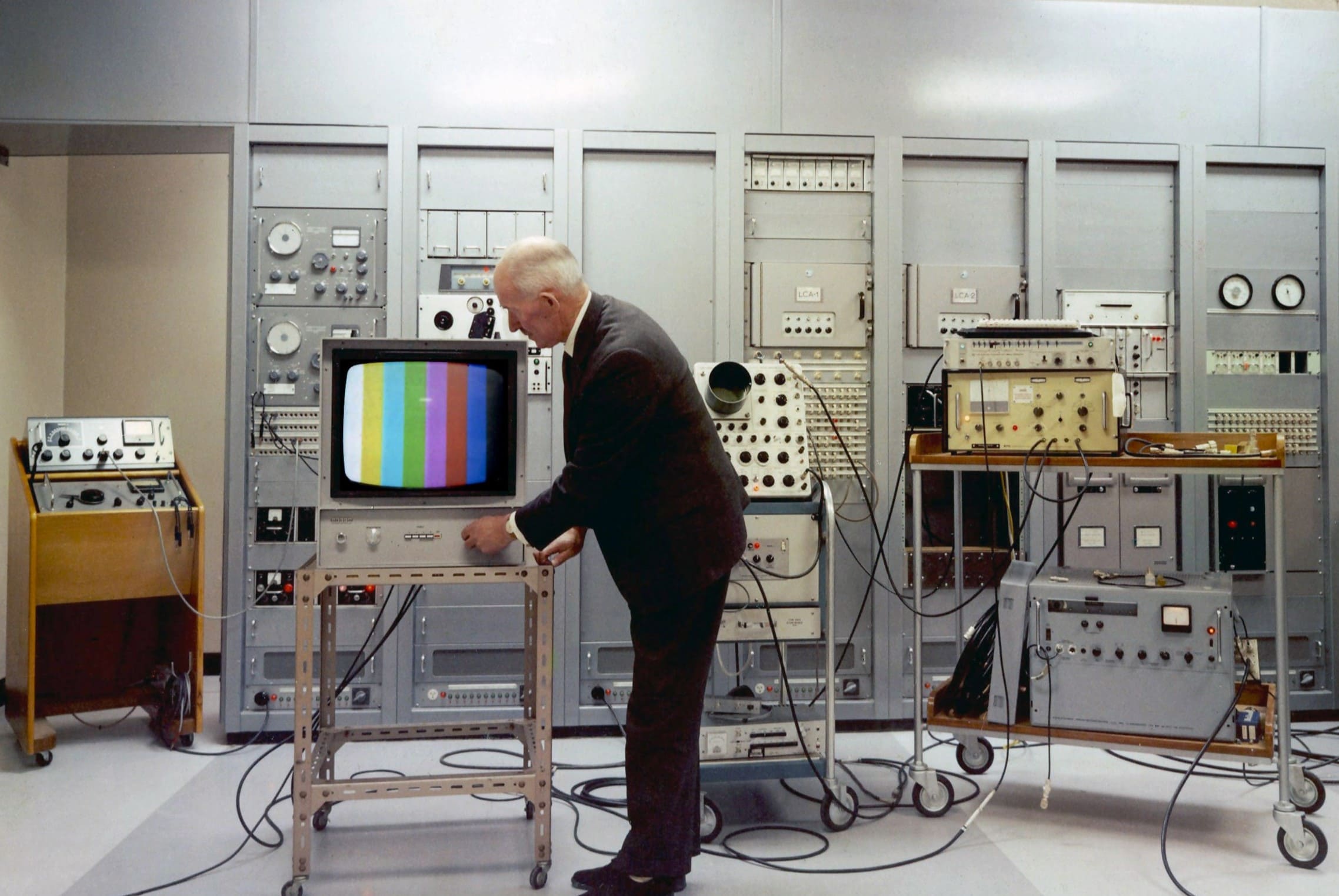

Home Entertainment Systems
Who Invented The Color Television
Modified: February 25, 2024
Learn about the history of color television and the inventor behind it. Explore the evolution of home entertainment systems and their impact on modern technology.
(Many of the links in this article redirect to a specific reviewed product. Your purchase of these products through affiliate links helps to generate commission for Storables.com, at no extra cost. Learn more)
Introduction
Welcome to the fascinating world of color television! In this article, we will embark on a captivating journey through the history of color television, exploring the brilliant minds and groundbreaking innovations that revolutionized home entertainment. From the early days of black-and-white broadcasts to the race to invent color television, we will delve into the remarkable story behind this transformative technology. Join us as we uncover the pivotal moments and key figures who shaped the evolution of color television and examine its profound impact on society. Get ready to immerse yourself in the vibrant spectrum of color television history and discover the remarkable individuals who brought this revolutionary invention to life.
Key Takeaways:
- Color television was invented through the relentless pursuit of brilliant minds like John Logie Baird and Philo Farnsworth, revolutionizing home entertainment and shaping the way we experience visual storytelling.
- The introduction of color television had a profound impact on society, democratizing access to immersive visual entertainment and shaping the collective visual consciousness, forever changing the way we perceive the world.
Read more: Who Invented The Plasma Television?
Early Television
Before the advent of color television, the world was captivated by the magic of black-and-white broadcasts. The early days of television were characterized by the pioneering efforts of inventors and engineers who sought to bring moving images into the homes of people around the globe. It all began with the groundbreaking work of visionaries such as John Logie Baird, who demonstrated the first working television system in the 1920s, and Philo Farnsworth, who is credited with inventing the first fully functional all-electronic television system.
During this period, television sets were a luxury, and the programming was limited to a few hours each day. Families gathered around their small screens, eagerly tuning in to witness the wonders of this new form of entertainment. The flickering black-and-white images that graced the screens held a mesmerizing allure, captivating audiences and sparking a cultural phenomenon.
As the popularity of television soared, so did the demand for enhanced visual experiences. Viewers yearned for a more immersive and lifelike portrayal of the world around them. This growing desire for color representation set the stage for a monumental technological advancement: the invention of color television.
The Race to Invent Color Television
The quest to bring color to the television screen sparked a fervent race among inventors and researchers, each vying to unlock the secrets of reproducing vibrant hues in a broadcasted image. One of the pivotal moments in this race was the introduction of the color wheel by Scottish inventor John Logie Baird in the 1920s. Baird’s ingenious use of a spinning color wheel paved the way for early color television experiments, laying the foundation for future innovations in color broadcasting.
Simultaneously, in the United States, a fierce competition was underway as various scientists and engineers sought to develop practical methods for transmitting and displaying color television images. Among the prominent figures in this race was the brilliant inventor and electronic television pioneer, Philo Farnsworth. Farnsworth’s contributions to the field of television technology were instrumental in advancing the prospect of color television, and his innovative spirit inspired a new wave of experimentation and progress.
The pursuit of color television also led to the formation of industry standards and collaborative efforts aimed at achieving compatibility among different systems. This collaborative spirit culminated in the establishment of the National Television System Committee (NTSC) in the United States, which played a pivotal role in setting the technical standards for color television broadcasting.
As the competition intensified, breakthroughs in color television technology began to emerge, igniting the imaginations of audiences worldwide. The tantalizing promise of witnessing the world in full color captivated the public’s imagination, fueling the momentum of the ongoing race to perfect color television.
Amidst this fervent atmosphere of innovation and discovery, the stage was set for a historic moment that would forever change the landscape of home entertainment: the invention of color television.
The color television was invented by Mexican engineer Guillermo González Camarena in 1940. He patented his color television system under the name “Trichromatic System of Color Television Transmission.”
The Invention of Color Television
The culmination of decades of relentless innovation and ingenuity, the invention of color television marked a watershed moment in the history of visual communication. One of the pioneering breakthroughs in this transformative journey was the development of the shadow mask color television tube by engineer Guillermo González Camarena in the early 1940s. Camarena’s innovative approach to color television technology laid the groundwork for future advancements, propelling the world closer to the realization of full-color broadcasting.
Building upon these foundational achievements, a pivotal milestone was reached when the first publicly demonstrated color television system was unveiled by CBS in 1940. This monumental event showcased the remarkable progress made in the quest for color television, capturing the imagination of audiences and signaling a new era in home entertainment.
However, the widespread adoption of color television faced significant technical and economic challenges. The transition from black-and-white to color broadcasting required not only the development of compatible color television sets but also the establishment of standards for color broadcasting that would ensure seamless compatibility across different systems.
Amidst these challenges, the introduction of the NTSC color television standard in the United States in the 1950s represented a critical turning point in the evolution of color television. This standardization laid the groundwork for the mass production and distribution of color television sets, paving the way for the widespread adoption of this revolutionary technology.
One of the most iconic moments in the history of color television came on January 1, 1954, when the Tournament of Roses Parade became the first nationally broadcast color television program in the United States. This historic broadcast captivated audiences with its vivid and lifelike portrayal of the vibrant parade floats and floral displays, marking a triumphant milestone in the journey towards universal color television broadcasting.
With the advent of compatible color television sets and the establishment of standardized broadcasting protocols, the dream of bringing the world into people’s living rooms in full color had become a reality. The invention of color television had transcended the realm of technological achievement to become a cultural phenomenon, forever transforming the way people experienced visual media.
The Impact of Color Television
The introduction of color television had a profound and far-reaching impact on society, ushering in a new era of visual storytelling and reshaping the way people experienced the world through the lens of the screen. The transition from black-and-white to color broadcasting revolutionized home entertainment, leaving an indelible mark on popular culture and transforming the way narratives were conveyed and consumed.
One of the most significant impacts of color television was its ability to enrich the viewing experience, immersing audiences in a vibrant tapestry of hues and shades that brought visual narratives to life in unprecedented ways. The introduction of color added a new dimension to storytelling, allowing filmmakers, content creators, and broadcasters to evoke emotions, set moods, and convey narratives with heightened visual impact.
Moreover, the advent of color television democratized access to a more immersive and lifelike form of visual entertainment, fostering a deeper connection between audiences and the content they consumed. The vivid portrayal of the world in full color opened new avenues for artistic expression and creative storytelling, captivating viewers and expanding the possibilities of visual communication.
Furthermore, the widespread adoption of color television brought about a cultural shift, influencing fashion, design, and even the way people perceived the world around them. The ability to witness events, landscapes, and human experiences in full color enriched the collective visual consciousness, shaping perceptions and fostering a deeper appreciation for the richness and diversity of the world.
From the mesmerizing allure of technicolor films to the captivating spectacle of live broadcasts, color television became a transformative force in shaping the collective imagination. It transcended the confines of the screen to become a catalyst for cultural exchange, connecting people across geographical boundaries and offering a window into the kaleidoscope of human experiences.
The impact of color television extended beyond the realm of entertainment, influencing advertising, design, and visual arts. The vibrant and captivating nature of color broadcasting became a powerful tool for conveying messages, sparking creativity, and leaving a lasting impression on audiences.
In essence, the advent of color television redefined the visual landscape, leaving an indelible imprint on the fabric of society and forever changing the way people experienced and interacted with the world through the medium of television.
Read more: Who Invented Radio And Television
Conclusion
The evolution of color television stands as a testament to the indomitable spirit of human innovation and the relentless pursuit of transformative technologies. From the early days of black-and-white broadcasts to the triumphant realization of full-color broadcasting, the journey of color television is a saga of ingenuity, perseverance, and visionary creativity.
The race to invent color television brought together brilliant minds and pioneering spirits, each contributing to the tapestry of technological progress. From the pioneering experiments of John Logie Baird to the groundbreaking inventions of Guillermo González Camarena and Philo Farnsworth, the story of color television is woven with the threads of visionary contributions that reshaped the landscape of home entertainment.
The invention of color television transcended the realm of technological achievement to become a cultural phenomenon, forever altering the way people experienced visual narratives. The impact of color television reverberated across society, enriching the collective visual consciousness and fostering a deeper connection between audiences and the world on their screens.
As color television became a ubiquitous presence in homes around the world, it sparked a cultural renaissance, influencing art, design, and the very fabric of popular culture. The transition from black-and-white to color broadcasting opened new frontiers for creativity, enabling storytellers to weave narratives with a vividness and emotional resonance that captivated audiences and transcended the boundaries of the screen.
Today, the legacy of color television endures as a testament to the enduring power of human imagination and the transformative potential of technological innovation. The vibrant tapestry of color broadcasting continues to captivate and inspire, leaving an indelible mark on the collective visual heritage of humanity.
As we reflect on the remarkable journey of color television, we celebrate the visionaries, inventors, and pioneers who brought the world into vivid focus, forever changing the way we see and experience the wonders of visual storytelling.
Frequently Asked Questions about Who Invented The Color Television
Was this page helpful?
At Storables.com, we guarantee accurate and reliable information. Our content, validated by Expert Board Contributors, is crafted following stringent Editorial Policies. We're committed to providing you with well-researched, expert-backed insights for all your informational needs.
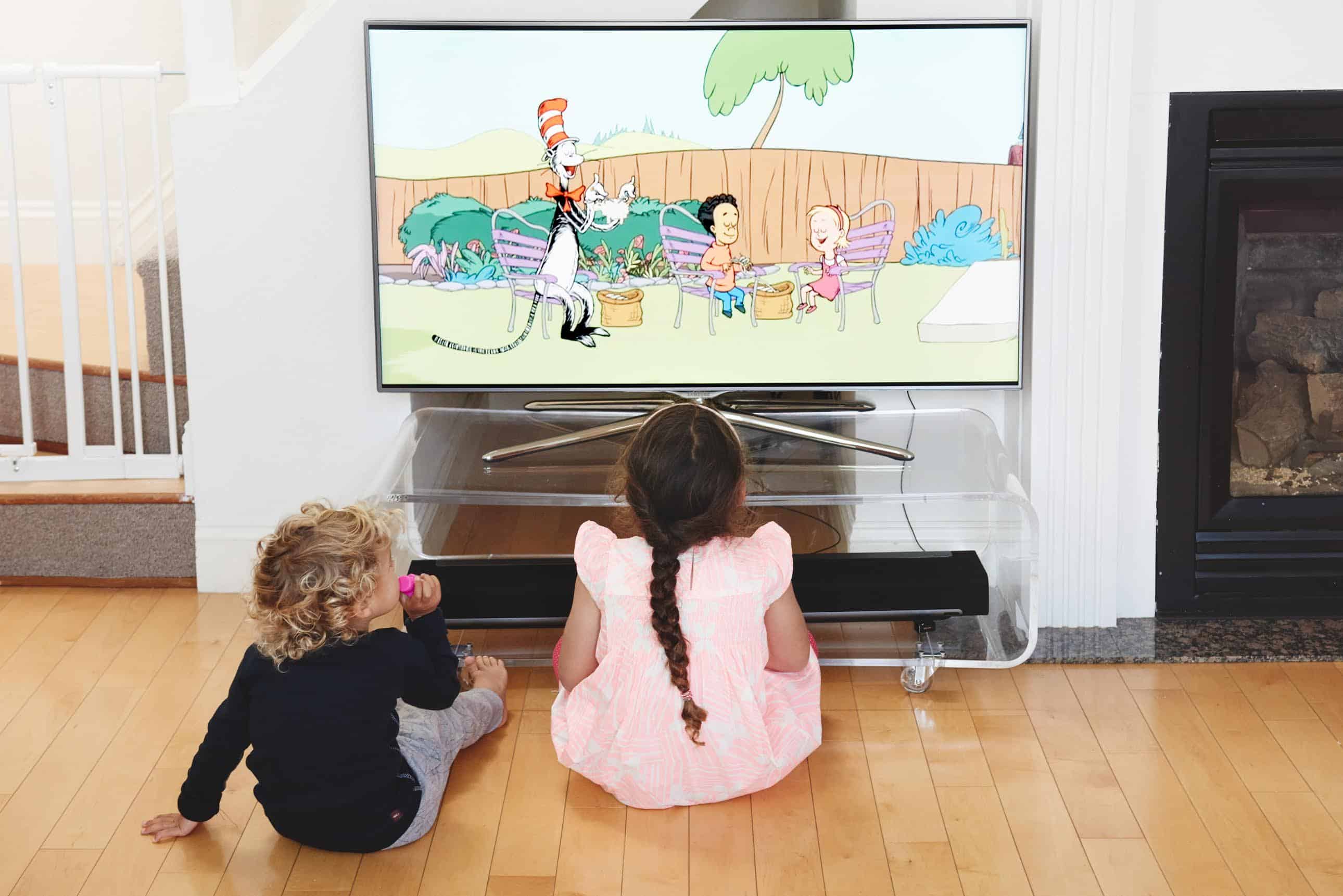
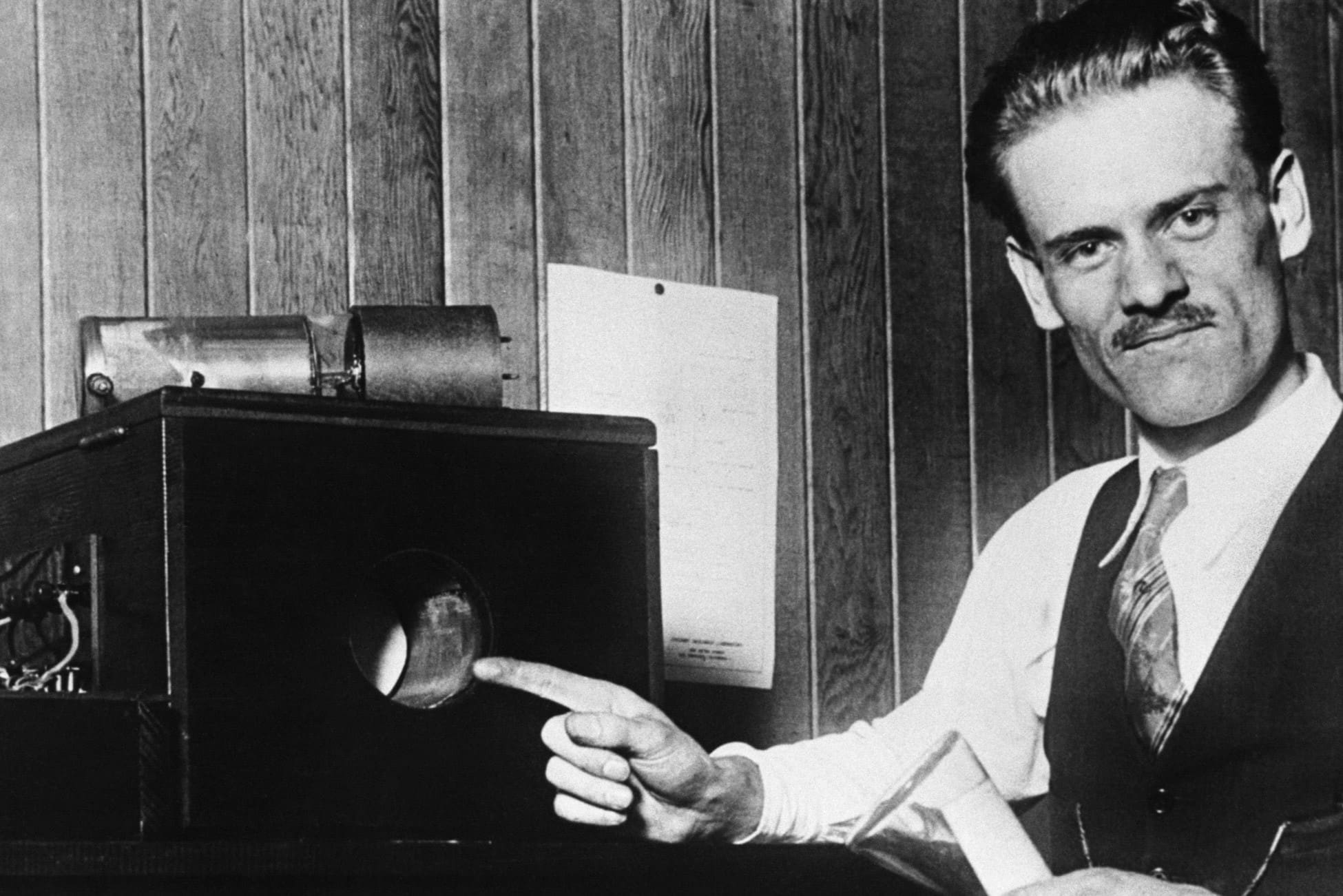



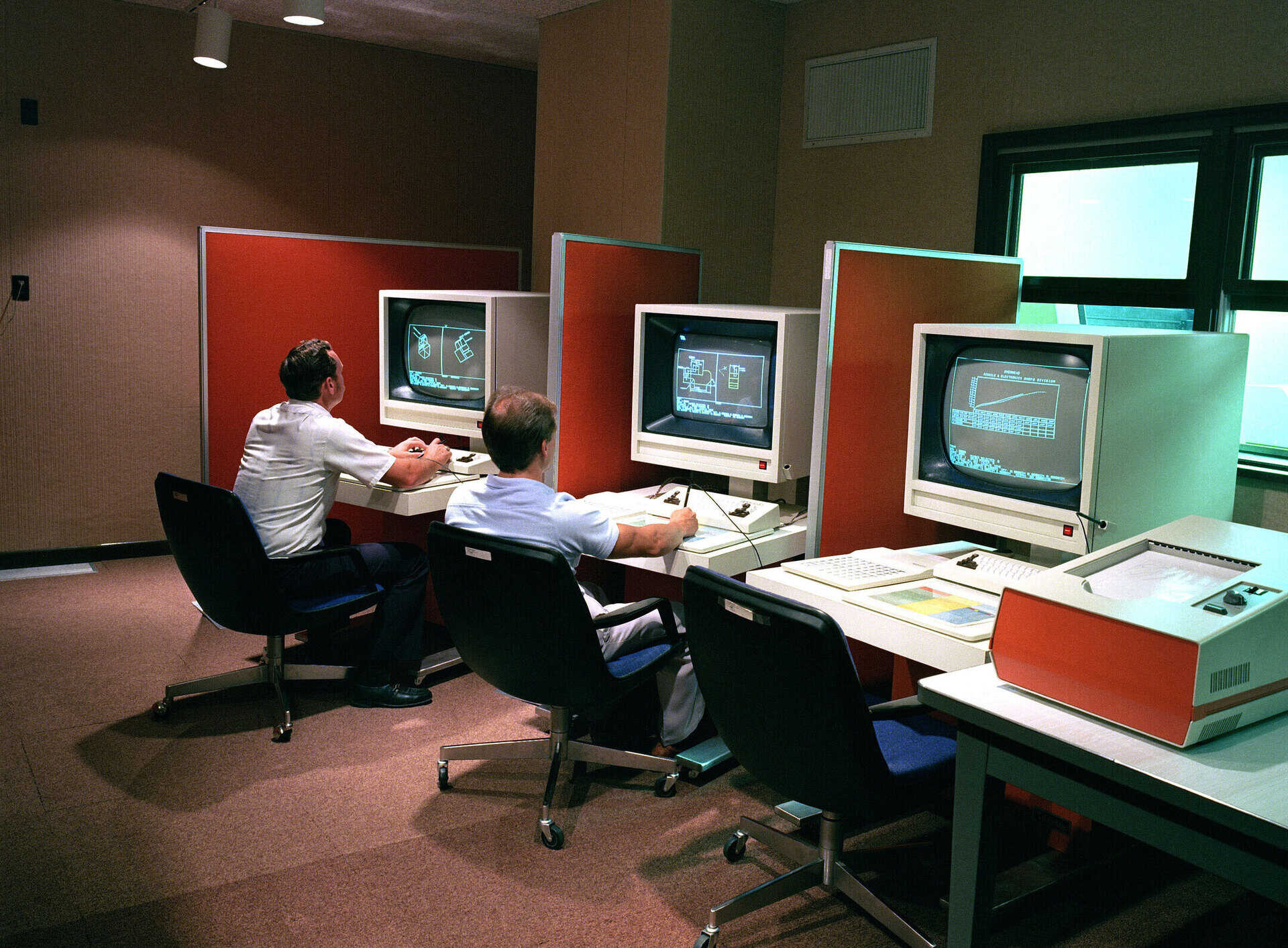







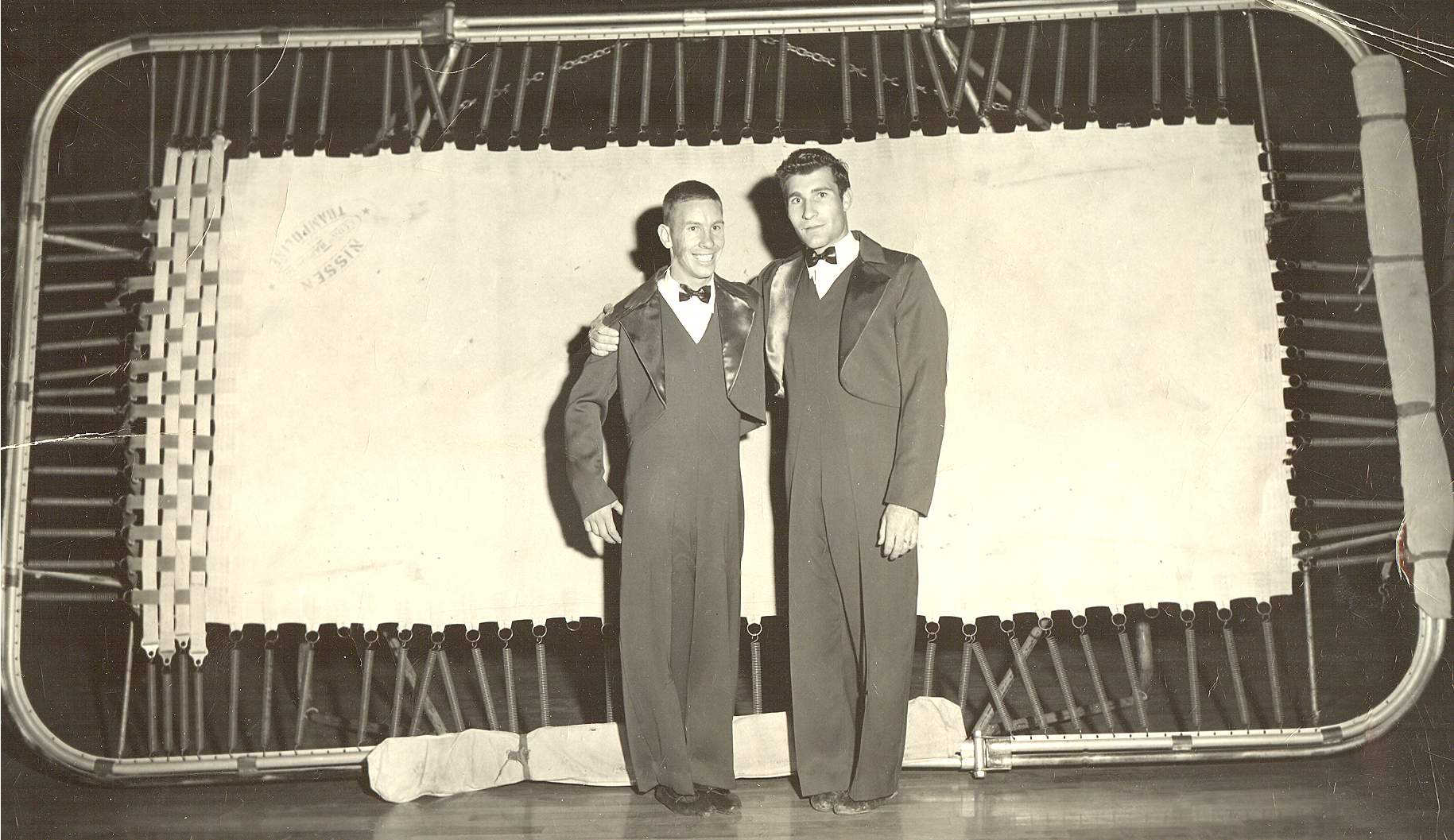

0 thoughts on “Who Invented The Color Television”